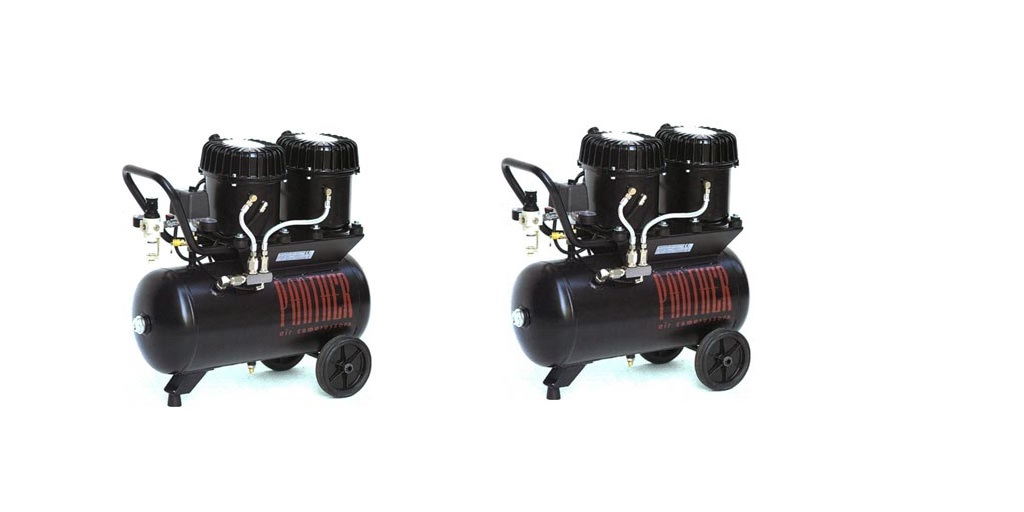There are a number of critical functions for drain valves, including collecting and removing condensed water that accumulates in compressor tanks and water separators as well as the end of each drop. As the air cools, condensates develop.
There are a variety of drain alternatives available, including manual drains, float drains, and solenoid controlled drains. However, the advantages of using a Zero Loss Drain Valve from Air & Vacuum Process are difficult to argue with.
In this post, we’ll show you how a zero air loss drain valve may save you money over the long run.
Drain valve with minimal air loss: What does it mean?
When draining condensate, a zero loss drain valve prevents leaks of compressed air. It doesn’t waste any compressed air and doesn’t lose any energy when it’s running. No human involvement is necessary because the action is fully automated.
When condensate reaches a predefined level, a sensor activates the drain. Ample time is provided to ensure adequate drainage, which prevents water accumulations that might have catastrophic consequences for a compressed air system.
As soon as the draining process is complete, the valve automatically turns off, keeping any compressed air from escaping the system.
The significance of the Drain Valve
Rust and corrosion are two of the most significant problems that can occur in your compression chamber if you allow water to accumulate there. If left unchecked, this type of corrosion will consume straight through the sidewall of your air receiver, causing it to malfunction.
It is also possible that an excessive amount of water can cause the air dryers in your compressor to get overwhelmed and cease performing correctly. All of this results in moisture in the downstream environment, which causes increased stress on equipment and other air-operated machinery in the process.
All air compressors are equipped with a drain valve, which is placed at the base of the air receiver, in order to prevent these issues. The drain valve is responsible for allowing water to exit the system.
Why are zero-loss drain valves the most cost-effective option?
The amount of condensate generated by the compressor increases throughout periods of high humidity. More frequently and for longer periods of time. If you are utilizing a timer-controlled drain, ensure that the start time and drain interval are sufficient to remove all condensate accumulations.
On the other hand, when the weather is dry, a compressor produces less condensate. It is vital to change the drain time as per the humidity level in order to minimize energy waste during which the drain is in continuous operation for a longer period of time than is necessary.
Zero air loss drain valves handle all of the legwork for you: they make adjustments to guarantee that the system is protected while also saving you money on energy costs.
ROBO-Drain Pneumatic Zero-Loss Drain Valves
Any piece of equipment that has to be regularly drained of condensate can benefit from the Robo Drain RD Series Drain Valve. It is safe to use in any hazardous environment since the pneumatically controlled RD Series automatic drain valve does not require electricity to work. This makes it an excellent choice for distant or portable applications.
RD Series Drain Valve is a demand-operated drain that takes care of the draining for you, removing the need to guess when it comes to determining when the drain valve should cycle on and off at certain intervals. The automated drain valve of the RD Series automatically adapts to changing condensate levels, without losing precious compressed air while maintaining the proper draining pressure.
The drain valve, as you can see, is essential to the effectiveness of an air compressor. Call or email the experts at Air & Vacuum Process INC. at [email protected] to learn more about the drain valves available for your air compressor.



